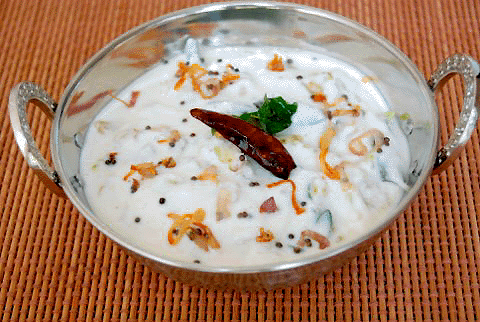
|
|
|
|
BY: SUN STAFF
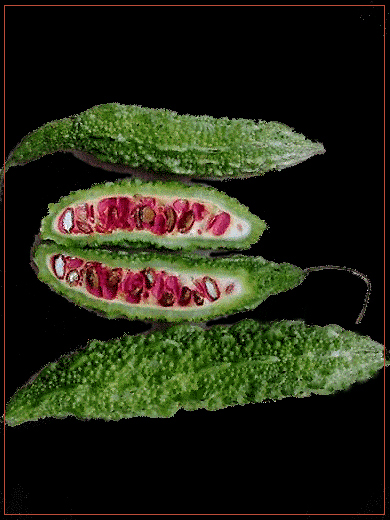
Apr 29, 2010 — CANADA (SUN) — A journey through India: border to border, bhoga to prasadam. Our first segment on karela began with the passage in Caitanya-caritamrta Antya lila 10, which described how Damayanti put a powder of dried bitter vegetables into Raghava's bag, for Lord Caitanya to eat while traveling. We don't know if Damayanti used karela, neem, or other bitters, or if she powdered the fruit, seeds or leaves. Perhaps she prepared a combination of several of these things. Powdered bitter melon is commonly found on the market today. It is generally made from the dried fruit, which is processed down to a fine yellow-brown powder.
In fact, three are three constituent parts of karela that are beneficial to health, including three types of oil in the seeds, and various substances in the fruit and leaves. All are reported to help reduce blood-sugar levels. Bitters are excellent digestive aids and appetite stimulants, much like ginger. Ayurveda also employs karela for curing eye and cardiovascular diseases, stomach disorders, and mild inflammation.
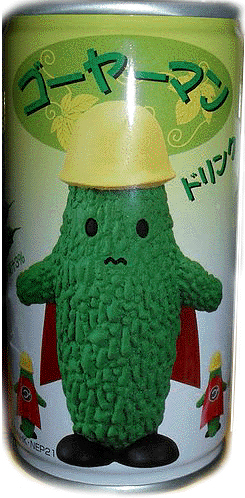
Bitter melon is used to prepare teas and in Southeast Asia, various drinks are commercially available. In the West they can be found in some Asian and Indian groceries. You can also make your own teas using a decoction of either the fruit or leaves. The seeds and pith are said to contain the most beneficial substances for tea, and the riper the fruit used, the more bitter the tea. Whether bitter melon tea is made from the leaves, seeds, or fruit, it is an excellent, healthy caffeine free tea. It also combines nicely with other brewed herbal teas to improve the taste. Mint and Valerian work well, because they have their own strong flavors. You can also add slices of fresh ginger while brewing the melon tea.

Fresh bitter melon juice (from fruit) As with all things, bitter melon should be taken in moderation. It's recommended that you take no more than two ounces of bitter melon juice (or two melons) a day, as excessive consumption may cause mild abdominal pain or diarrhea. Diabetics should consult their doctor to adjust meds before starting a bitter melon regime. The seeds can be added to food in a powdered form, made by simply drying the seeds completely, then pulverizing them. The fruit can also be dried in sunlight or in a dehydrator, and powdered. While bitter melon is consumed throughout Asia, Africa, Europe and North America, nowhere is it elevated to culinary heights greater than in Bengal. The traditional preparation called shukto, or sukuta, is perhaps the finest of all ways to prepare karela. Bengalis always take the bitter foods at the start of a meal, usually with plain rice, to stimulate the digestive system and appetite. It can be fried, added to dal, boiled and mashed with potato, or cooked into a more complex vegetable stew, shukto. There are endless ways to curry bitter melon, either pan fried, simmered or baked. It's often paired with eggplant, curd, lentils or greens in a mustard sauce.
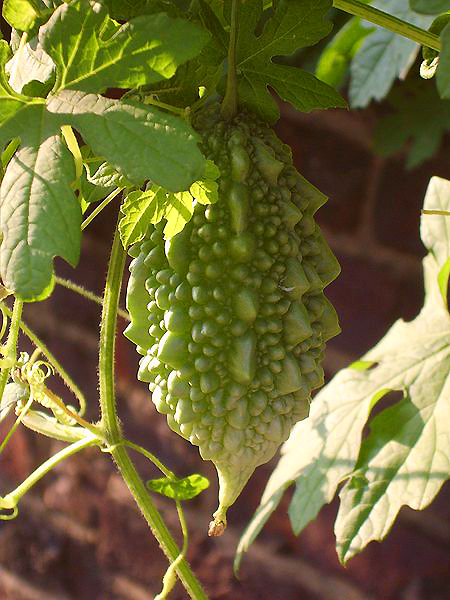
When choosing your karela at the grocery, pick fruits according to the preparation you're making. If frying chips, you can use very large, older melons. Stuffed preps should use medium-sized melons, so there's room for the stuffing, but chose the most tender ones. For shuktos, we like to use the baby melons, which can be kept in whole pieces (halved). While it's true that there's some toxicity in the white pith, it's usually eaten, as are the seeds. Some say you shouldn't eat the melon if the interior has gone reddish, but this simply indicates a ripe fruit. Even the very ripest karela can be eaten, although it's quite bitter, and for that reason it's considered top choice in some preps. The seeds are best either fried to crispy, or cooked into sabjis so they become soft. Otherwise, you can separate them out and fry up later as a snack. Following are just a few of the many delicious dishes you can make for Sri Krsna with karela. You'll find a collection of nearly 20 more traditional karela recipes in our HareKrsna.com recipe section.
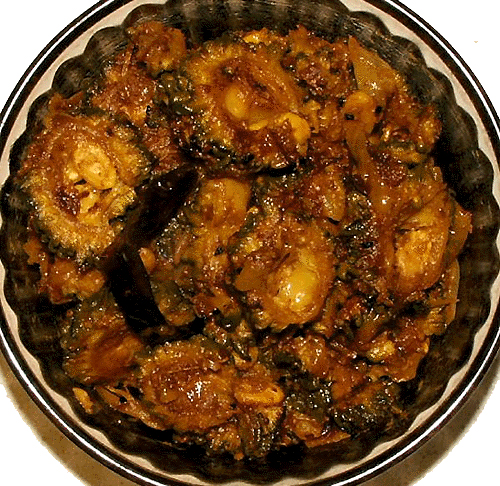
Karela Bhaji
| |
